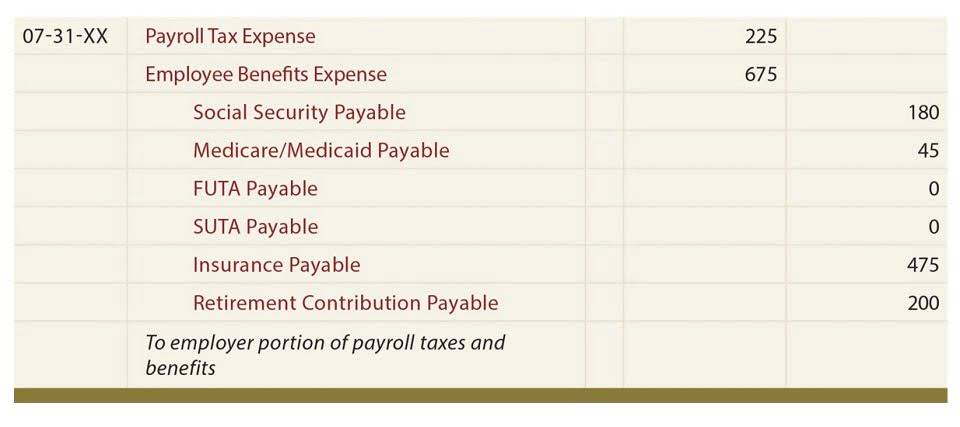
A revenue and expense analysis from production, defined by incremental cost, will save you a lot of financial troubles. As seen in Case 2, incremental cost increased significantly by $55,000 to produce 5,000 more units of tobacco. This happens in the real world as prices of raw materials Grocery Store Accounting change depending on the quantity bought from suppliers.
- A revenue and expense analysis from production, defined by incremental cost, will save you a lot of financial troubles.
- In other words, incremental costs are solely dependent on production volume.
- Based purely on the available financial information, the management team should decide to take on Alternative B as a new and/or additional segment.
- Let’s say, as an example, that a company is considering increasing its production of goods but needs to understand the incremental costs involved.
- Alternative A reports a net income amounting to $750,000, while Alternative B’s net income totals $855,000.
- If a reduced price is established for a special order, then it’s critical that the revenue received from the special order at least covers the incremental costs.
Incremental Costs Vs Margin Costs

It is essential to note that understanding both costs’ composition is critical in achieving accurate calculations. Companies use incremental analysis to decide whether to accept additional business, make or buy products, sell or process products further, eliminate a product or service, and decide how to allocate resources. Because incremental cost definition the sunk costs are present regardless of any opportunity or related decision, they are not included in incremental analysis.
Allocation of Incremental Costs
- This expense includes costs such as labor fees, supervision expenses, and related taxes.
- It is worth noting that understanding where to start in evaluating costs goes a long way in obtaining accurate results.
- When calculating incremental costs related to investing in new equipment, businesses should also consider any potential revenue or savings that may result from the investment.
- Producing more units requires additional raw materials, and costs fluctuate based on supplier pricing, order volume discounts, and market conditions.
- The incremental cost-effectiveness ratio is the difference in costs divided by the difference in outcomes.
Incremental cost determines the change in costs if a manufacturer decides to expand production. If incremental cost leads to an increase in product cost per unit, a company may choose to raise product price to maintain its return on investment (ROI) and to increase profit. Conversely, if incremental cost leads to a decrease in product cost per unit, a company can choose to reduce product price and increase profit by selling more units. While the calculation itself is straightforward, the key is identifying the right base and incremental volumes to analyze.
- It excludes fixed overhead costs that don’t fluctuate with short-term changes in output.
- Similarly, if the ICER falls in cell B, the intervention is dominated by the control because it is less effective and more costly.
- Expanding a product line involves additional expenditures on production, storage and management capacity for new products with varying qualities and characteristics.
- There is a need to prepare a spreadsheet that tracks costs and production output.
Benefits to Incremental Cost Analysis

Let us assume you are in the shirt manufacturing business and spend $100,000 to make 10,000 shirts. Now, payroll let’s say you are considering expanding your production capacity for maximum raw materials, labor, and location utilization. These analyses have documented the presence of inefficiency in the U.S. health care system, but they have some limitations. They represent lists of individual studies, not the synthesis of literature on a topic. As a result, there may be countervailing evidence that a listed service is effective or cost-effective.

Incremental Cost Decisions
- Dominance principles can be also applied by ranking interventions in the order of their cost.
- Public Health Service (PHS) (Gold, Siegel, Russell, & Weinstein, 1996) and updated in 2016 (Neuman et al., 2016).
- When businesses expand operations or launch new projects, several cost components contribute to the total increase in expenses.
- Beyond direct costs, businesses must account for increases in overhead expenses such as utilities, maintenance, and equipment depreciation.
- If specialized skills are required, labor shortages can drive up wages or necessitate outsourcing.
- These costs can include direct materials, labor, or overhead expenses that will be affected based on various factors such as changes in production levels or sourcing options.
- Calculating incremental manufacturing cost can be complex due to the dynamic nature of production environments and the need for accurate data.
This relationship is central to achieving what economists call “profit maximization.” The example below briefly illustrates the concept of incremental analysis; however, the analysis process can be more complex depending on the scenario at hand. Incremental cost is the additional cost incurred when a business makes a particular decision, while sunk cost is the cost that has already been incurred and cannot be recovered. Incremental cost is defined as the additional cost that a business incurs when it makes a particular decision. It is the difference between the total cost of two different choices that a business has to make.